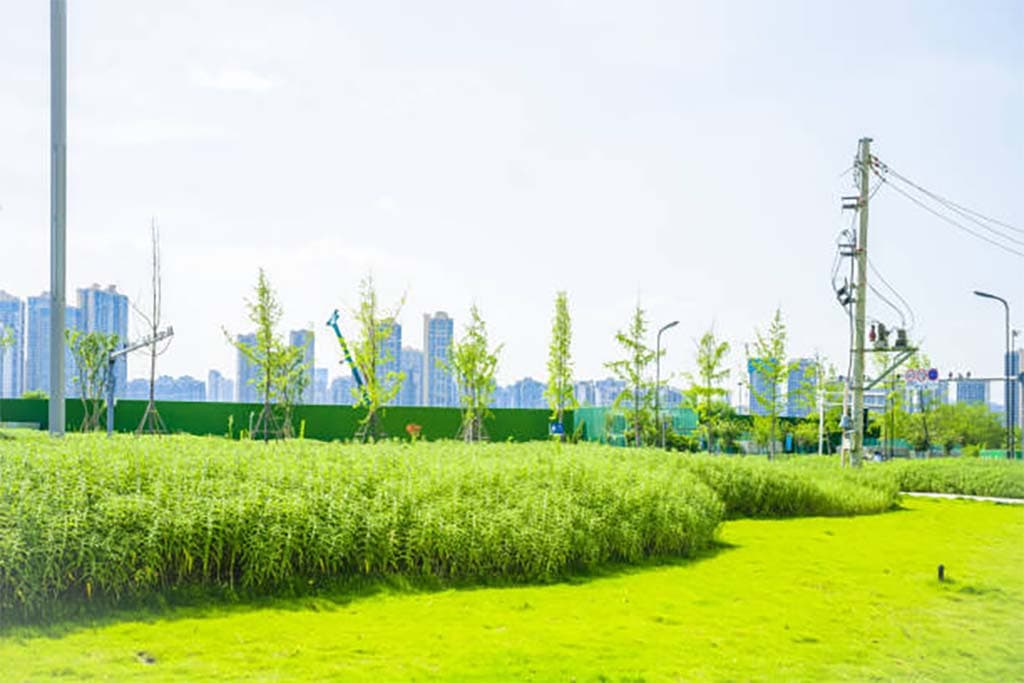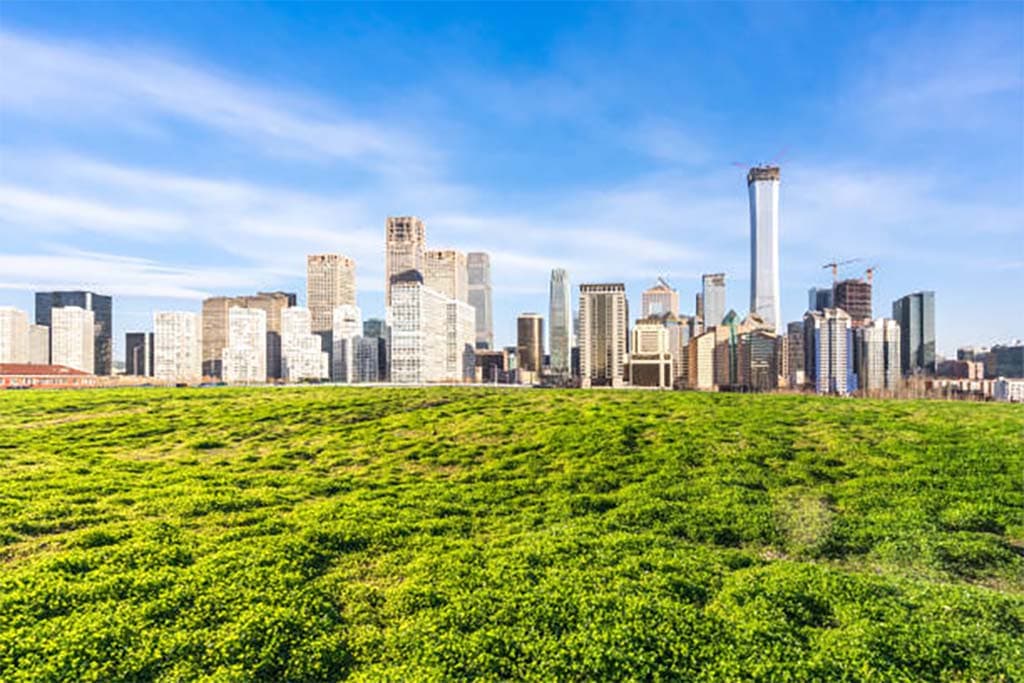Urban Green Spaces and Biodiversity Conservation

In the heart of bustling cities, urban green spaces emerge as essential sanctuaries, not just for human recreation but for biodiversity conservation. These areas, ranging from parks and community gardens to green roofs and roadside plantings, offer a respite from the concrete jungle, providing crucial ecosystems within urban landscapes. As cities continue to expand, the role of these green spaces becomes increasingly vital, serving as key elements in promoting sustainable urban living. They offer a dual benefit: enhancing the quality of life for city dwellers by providing areas for leisure, exercise, and social interaction, while also serving as habitats for urban wildlife, thus maintaining ecological balance in densely populated areas.
The Ecological Benefits of Urban Greenery
Urban greenery stands as a cornerstone of biodiversity within city environments, offering a myriad of ecological benefits that extend far beyond aesthetic enhancement. By integrating natural elements into urban settings, green spaces act as vital habitats for a diverse array of species, playing a crucial role in sustaining urban biodiversity. They serve as breeding grounds, shelters, and food sources for insects, birds, and small mammals, thus facilitating essential ecological processes such as pollination and seed dispersion. Beyond their role in supporting wildlife, urban green spaces contribute significantly to climate stabilization within cities. They combat the urban heat island effect by providing shade and releasing moisture into the air through transpiration. Moreover, they improve air quality by absorbing pollutants and carbon dioxide, and manage stormwater more effectively, reducing runoff and enhancing urban water quality through natural filtration processes.
Strategies for Developing Urban Green Spaces
The strategic development of urban green spaces is pivotal in maximizing their ecological and social benefits, requiring thoughtful planning and innovative design. Integrating biodiversity considerations into the heart of urban development involves the selection of native plant species that support local wildlife, designing spaces that facilitate natural habitats, and connecting isolated green spaces through green corridors to combat habitat fragmentation. Furthermore, the adoption of vertical greening systems and green roofs in urban architecture offers a novel approach to expanding the green footprint in areas where horizontal space is limited. These strategies not only enhance the ecological value of urban areas but also contribute to the aesthetic and recreational appeal of the cityscape.
Challenges in Urban Biodiversity Conservation
Despite the recognized value of urban green spaces, conserving biodiversity within cities presents distinct challenges. Limited space, high levels of pollution, and the fragmentation of natural habitats pose significant barriers to maintaining and enhancing urban biodiversity. These challenges necessitate innovative solutions that integrate ecological principles with urban development. Addressing habitat fragmentation requires the creation of ecological networks that connect green spaces, allowing species to move freely and maintain genetic diversity. Pollution management calls for sustainable urban practices that reduce waste and emissions, while the limited availability of space demands creative approaches to incorporating green elements into existing urban infrastructure. Overcoming these obstacles is essential for the successful conservation of urban biodiversity and requires a coordinated effort among city planners, environmental organizations, and the community.
Case Studies: Successful Urban Green Space Initiatives
Highlighting the success of urban green space initiatives around the globe provides tangible evidence of their positive impact on biodiversity and community well-being. Cities such as Singapore, renowned for its ‘City in a Garden’ vision, exemplify how integrating extensive green spaces into urban planning can enhance biodiversity and improve residents’ quality of life. In New York, the High Line – an elevated rail line transformed into a green walkway – has become a model for repurposing industrial infrastructures into vibrant ecological corridors. These case studies not only demonstrate the feasibility of creating and maintaining urban green spaces in densely populated cities but also showcase the innovative approaches to urban design that prioritize ecological health and public access to nature.
The Role of Community Involvement in Green Space Management
The sustainability and success of urban green spaces significantly depend on active community involvement. Engaged citizens play a critical role in advocating for the creation and maintenance of these areas, participating in volunteer activities, and promoting awareness of their importance. Community gardens, for example, not only provide local residents with access to fresh produce and greenery but also foster a sense of ownership and responsibility towards the local environment. Educational programs and workshops can further enhance community engagement by informing residents about local flora and fauna and the benefits of biodiversity.
Policy and Planning for Urban Green Space Expansion
The expansion and preservation of urban green spaces require supportive policies and strategic urban planning that prioritize green development. Municipal governments and planning authorities have a pivotal role in integrating green spaces into the urban fabric, allocating land for parks and community gardens, and implementing green building codes that encourage the inclusion of green roofs and walls. Policies promoting the conservation of urban natural areas and incentivizing private green space contributions are also crucial. Furthermore, urban planners must adopt a holistic approach to green space development, considering connectivity between spaces, accessibility for all residents, and the incorporation of biodiversity-enhancing features. Forward-thinking policy and planning can transform urban landscapes into interconnected networks of green spaces that support ecological health and provide residents with accessible, natural sanctuaries amid the urban sprawl.

Conclusion: Future Directions for Urban Green Spaces and Biodiversity
The integration of green spaces into urban areas represents a critical strategy for enhancing biodiversity, combating the effects of climate change, and improving human well-being. As cities continue to grow, the importance of these green oases will only increase. The future of urban green spaces looks promising, with innovative designs and technologies offering new ways to incorporate nature into densely populated areas. Collaborative efforts among governments, communities, environmental organizations, and the private sector are essential to realizing the full potential of urban green spaces for biodiversity conservation. By committing to the expansion and maintenance of these vital ecological assets, cities can ensure a greener, more sustainable future for generations to come, underscoring the importance of urban green spaces in the global effort to preserve our planet’s biodiversity.